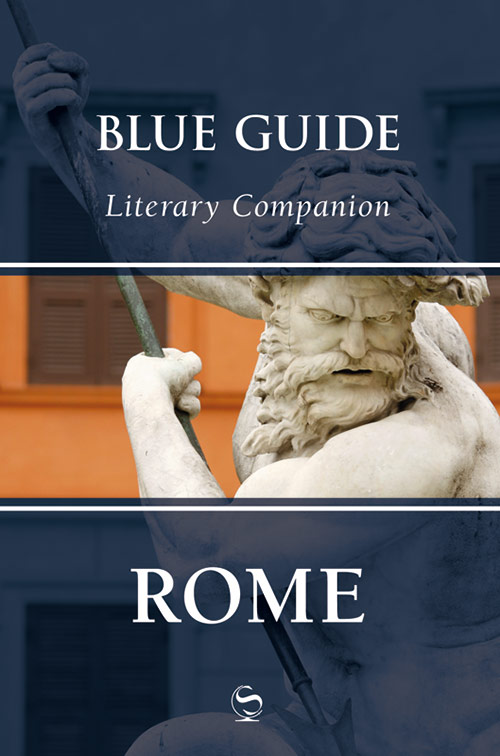From Ancient Egypt to the Fall of Rome
by Charles Freeman


“Offering a good, clear introduction to the wider Classical world, this book would make the PERFECT CHRISTMAS GIFT for any travel-hungry friend who wants to skip lightly across many of the world’s most alluring sites – without ever leaving their arm-chair.” Current World Archaeology
Charles Freeman’s book takes 50 sites from Syria and Sinai to southern France and the Solway Firth, stretching right across what became the Roman Empire, to show how civilisation developed in the Mediterranean and spread through Europe, Asia Minor, north Africa and parts of Arabia. Freeman’s narrative, filled with illuminating facts, brings sense and order to our perceptions of the Classical world, presenting the bigger picture alongside the innumerable seemingly trivial and human details which are so essential to a full understanding.
But why these 50 sites? Author Charles Freeman: “.. we determined to make this much more than a picture book. So we included the historical background to the cultures, plenty of site plans and explanations of a lot of the architectural terms. The aim was to make something special for anyone who is enthusiastic about the ancient world or who wants an introduction to its fascinating civilisations. I think we succeeded.”
Print properties:
- Pages: 248
- Illustrations: Over 300 photos, maps and diagrams. All colour throughout, ‘coffee-table’-sized hardback, beautifully presented.
Published: 2009, edition: 1
ISBN print: 9781905131310
















